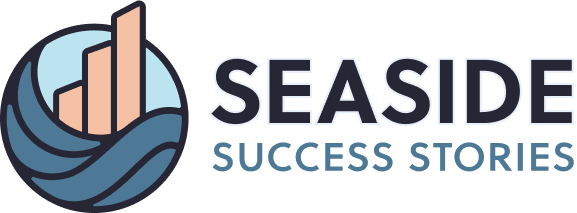By Marc Kavinsky, Lead Editor at IoT Business News.
In the ever-evolving landscape of technology, the Internet of Things (IoT) and Digital Twin technology stand out as pivotal innovations. IoT, with its network of interconnected devices, and Digital Twins, which are virtual replicas of physical systems, are revolutionizing industries from manufacturing to urban planning.
This article presents a comprehensive exploration of IoT and Digital Twin technology, detailing their individual characteristics, the benefits of their integration, and the challenges faced. It offers insights into current trends and future directions, providing a well-rounded perspective on these transformative technologies.
IoT’s network of sensors and devices captures real-time data from the physical world. This data is crucial for creating Digital Twins, which are dynamic virtual models of physical objects or systems. By integrating IoT data, Digital Twins can simulate real-world conditions, predict outcomes, and optimize processes.
Understanding IoT
IoT involves a network of physical objects (‘things’) embedded with sensors, software, and other technologies to connect and exchange data with other devices and systems over the internet. These devices range from ordinary household items to sophisticated industrial tools.
1. IoT in Industry: In industrial settings, IoT devices monitor and optimize manufacturing processes, improve supply chain logistics, and enhance product lifecycle management.
2. Consumer IoT: In the consumer segment, IoT encompasses smart home devices, wearable health monitors, and connected vehicles.
Digital Twin Technology Explained
A Digital Twin is a virtual representation that serves as the real-time digital counterpart of a physical object or process. It is used for simulation, analysis, and control.
1. Application in Manufacturing: In manufacturing, Digital Twins are used to create and test prototypes, predict equipment failure, and optimize production lines.
2. Urban Planning and Infrastructure: Digital Twins simulate entire cities or infrastructure systems, aiding in urban planning and management.
The Synergy of IoT and Digital Twins
1. Real-Time Data and Analysis: IoT feeds real-time data into Digital Twins, allowing for accurate simulations and analyses. This integration helps in predictive maintenance, reducing downtime in industrial settings.
2. Enhanced Decision-Making: By leveraging IoT data, Digital Twins enable better decision-making. They provide insights into system performance, potential failures, and maintenance needs.
3. Customization and Innovation: The combination allows for customization of products and services, driving innovation in various sectors like healthcare, automotive, and aerospace.
Benefits of IoT and Digital Twin Integration
1. Operational Efficiency: This integration enhances operational efficiency by enabling real-time monitoring and predictive maintenance.
2. Cost Reduction: It reduces costs by identifying potential issues before they become critical, minimizing downtime.
3. Sustainability: It promotes sustainability by optimizing resource usage and reducing waste.
Challenges and Solutions
1. Data Security and Privacy: The vast amount of data generated poses security and privacy risks. Implementing robust cybersecurity measures is essential.
2. Interoperability and Standardization: Ensuring interoperability among diverse IoT devices and systems is challenging. Developing universal standards and protocols is key.
3. Complexity and Scalability: Managing the complexity and ensuring the scalability of these systems require continuous innovation and investment.
Future Prospects and Emerging Trends
1. Advancements in AI and Machine Learning: Integrating AI with IoT and Digital Twins will enable more advanced predictive analytics and automation.
2. 5G Integration: The rollout of 5G will enhance IoT capabilities, offering faster, more reliable connections for Digital Twins.
3. Sustainable Development: There’s an increasing focus on using IoT and Digital Twins for sustainable development, particularly in smart city projects and environmental monitoring.
Conclusion
The integration of IoT and Digital Twin technology is a formidable force driving innovation and efficiency across multiple industries. While challenges exist, the potential benefits are immense. As these technologies continue to evolve, their combined impact on industry, urban development, and sustainability will be profound, marking a new era of digital transformation and innovation.







